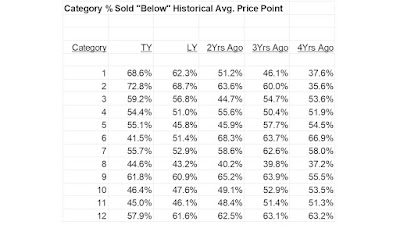Seamless and Frictionless? Yeah, I suppose I could sign-on for that.
Same experience? Nooooo.
Channels should have a reason for being. Each channel should be special. I worked with a tobacco brand many years ago that sent postcards featuring one product and only one product. This product belonged to a category that "fueled" other categories. Customers bought from the postcard, and that caused the customer to cross-shop in the future. The channel (postcard) had a purpose, and the purpose aligned with the category/item featured. Well done.
The same brand used email marketing as a low-price channel ... "they're all looking for deals anyway" was a common refrain.
Those of you with stores know what the investment looks like over the next 5-10 years ... you will spend a fortune literally reinventing what in-store shopping looks like. This necessary step should have happened in the past 8-13 years. It's going to happen now. There must be a compelling/entertaining reason to step in a store or why have the darn store in the first place?
Every channel should have a unique purpose or you shouldn't dabble in the channel.
Every channel has a category that thrives in the channel. Stop featuring random nonsense and learn what sells in each channel. You can do this!!











